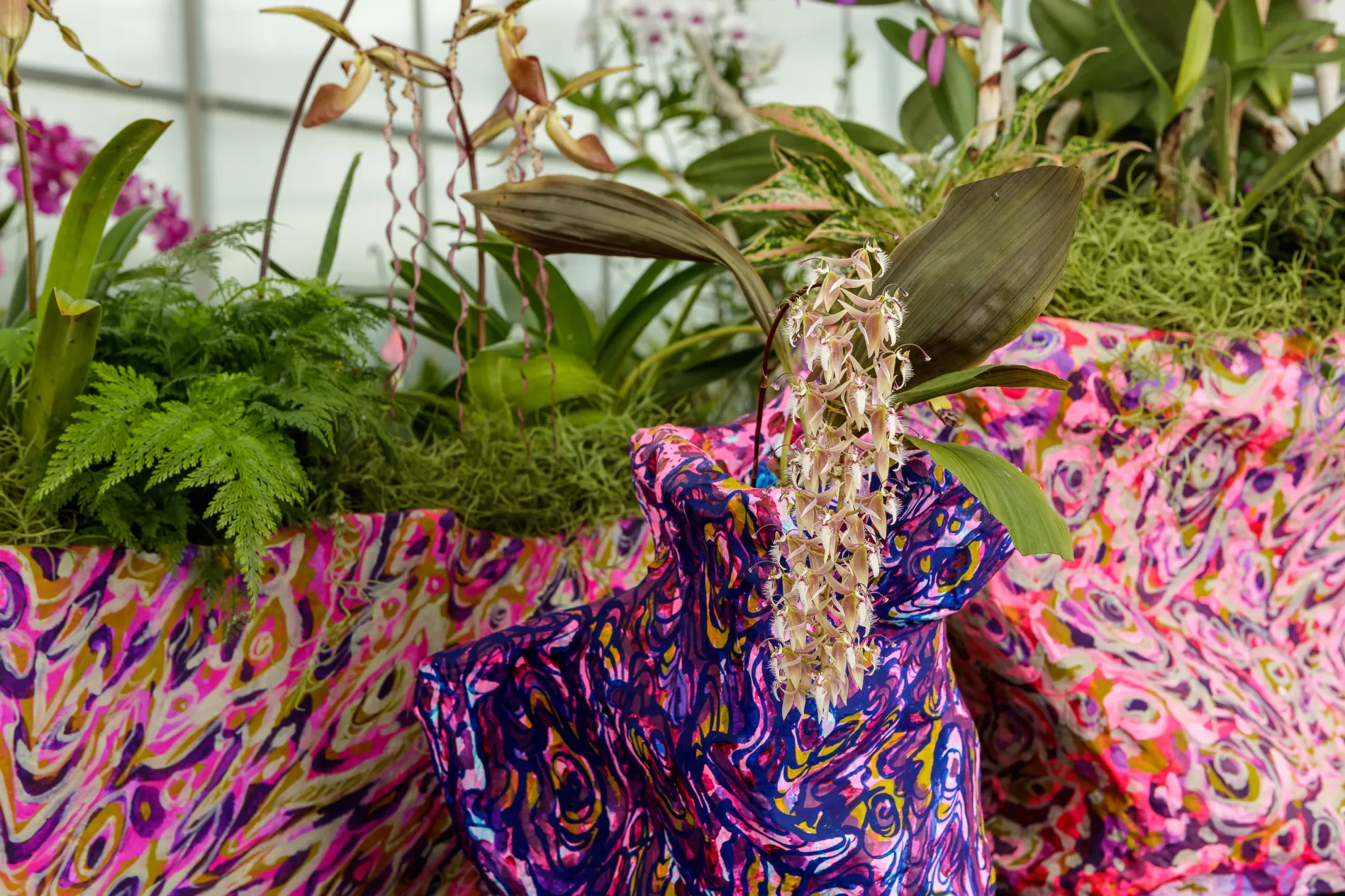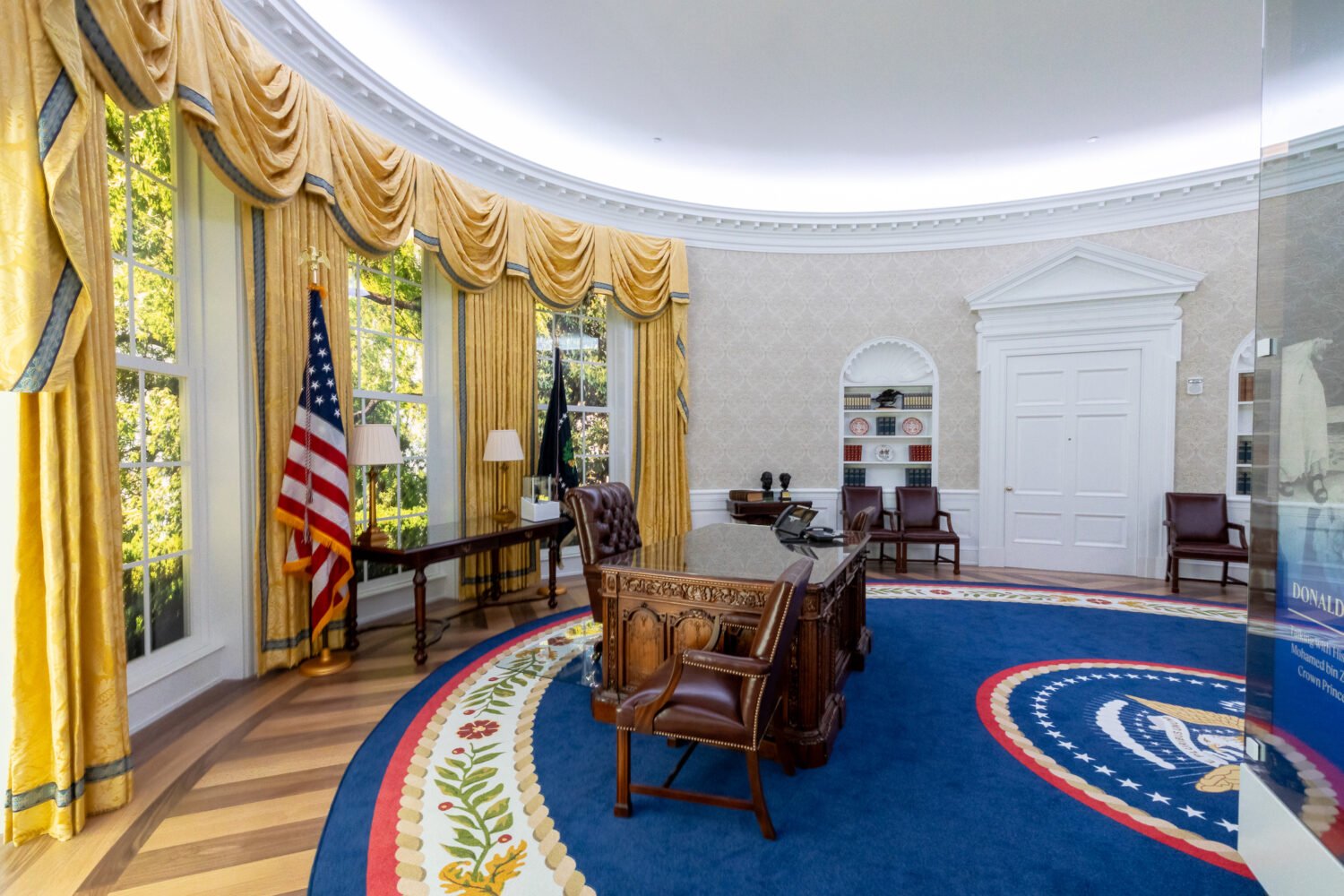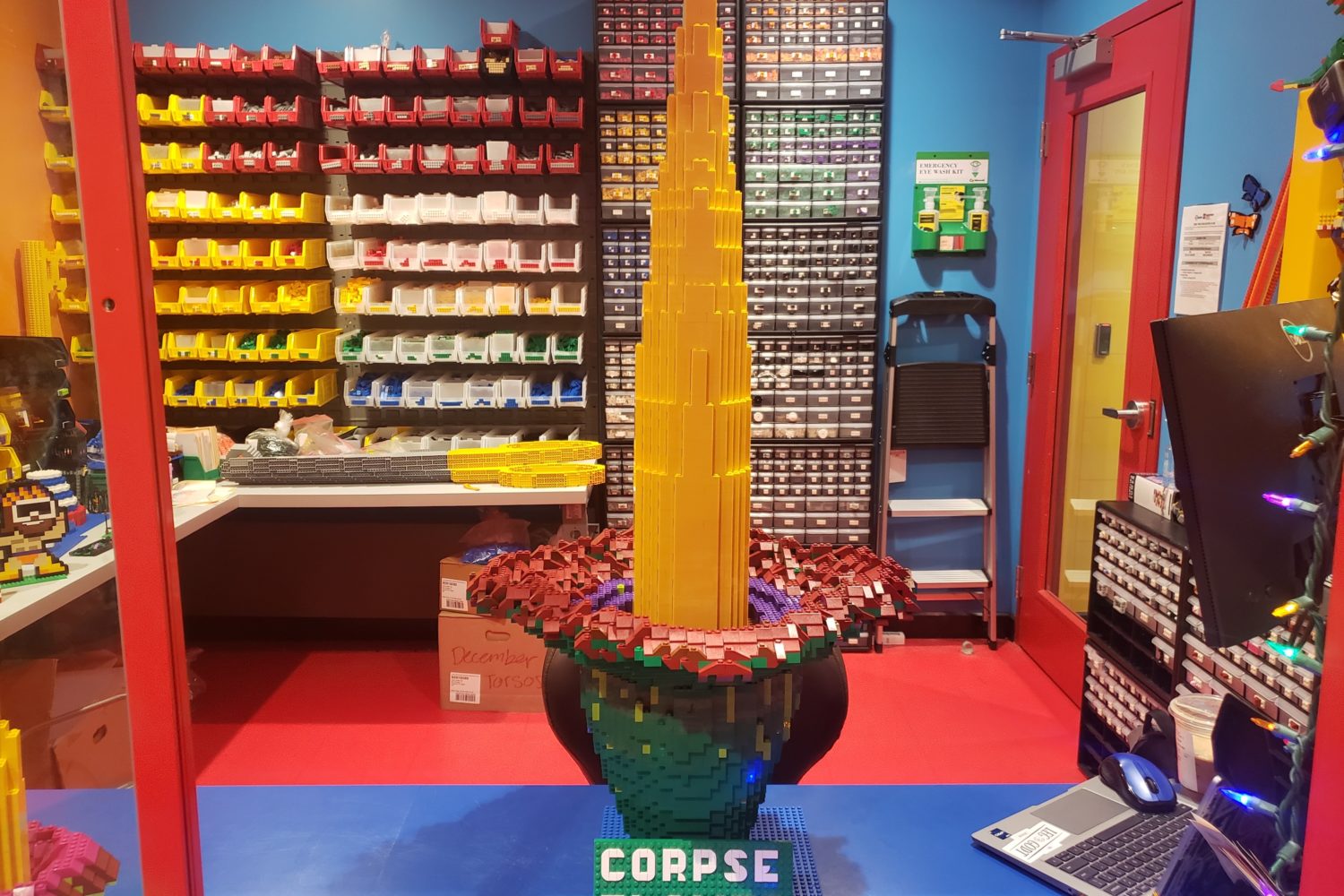The 28th annual orchid exhibition arrives in town this weekend, this year with the title “The Future of Orchids: Conservation and Collaboration.” It opens in the Kogod Courtyard at the Smithsonian American Art Museum and National Portrait Gallery this Saturday, January 27. The new exhibition focuses on the challenges facing wild orchids and highlights the work of conservationists to protect their future.
The exhibition is free and will run through April 28; it will be open daily from 11:30 AM to 7 PM.
“The Future of Orchids: Conservation and Collaboration” features 200 varieties of orchids and includes collections from both the Smithsonian Gardens and United States Botanic Garden. The exhibition will also feature artwork from local artist Phaan Howng. “To me, this exhibit is about how we can be more thoughtful with how we work with and treat plants,” Howng says. “I hope [visitors] learn more about human-plant relationships and how we can be more conscious about it. Everything is symbiotic, everything requires each other to thrive.”
Howng is a painter and multimedia artist based in Baltimore. Her work aims to “encourage reflection on current environmental and ecological conditions fostered by extractive capitalism,” as she puts it. Hwong worked with the Smithsonian to create her series, “The Orchids’ Fungi Garden Paradise and Mountains,” which features 3D-printed sculptures, hand-painted tree wraps, and cache pots. The exhibition will also feature 3D scans of live orchids created by the Smithsonian Digitization Program Office.
“This is a particularly different way of engaging with the artist,” says Marisa Scalera, landscape architect at the Smithsonian Institute. “The artist is making art that not only relates to the theme, but art that is actually part of the collection items. That is something new for us.”

















